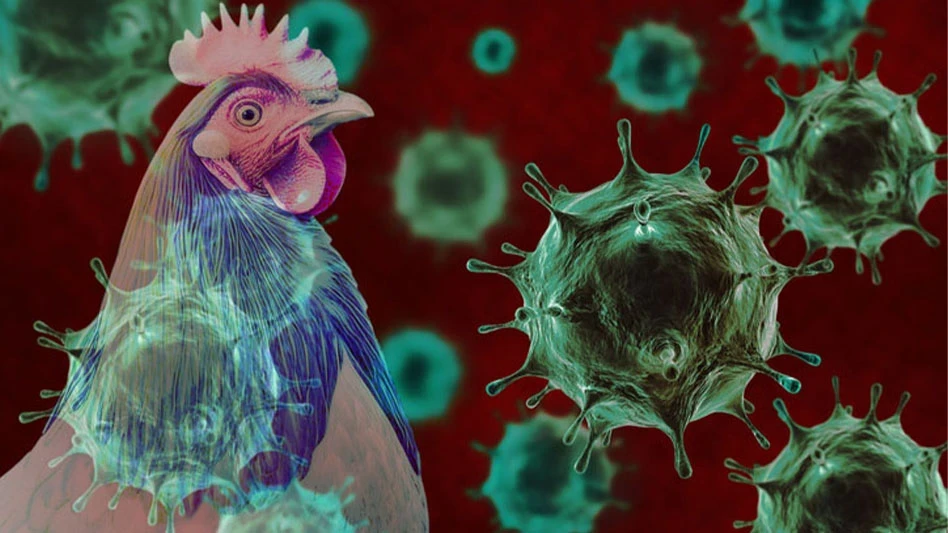
modify260 | Adobe Stock
You partner with a professional who manages pest control operations and visits the site frequently. Sanitary procedures are in place, and you train your people. Baits are strategically placed; the traps are out and residuals are applied.
But somehow, you’re still finding cockroaches. What’s the deal? Why aren’t the control methods working?
“The No. 1 reason for failure is when I hear, ‘We didn’t think it was a serious issue,’ and then it quietly bubbles in the background, and the next thing you know, it’s like, ‘Where are all these cockroaches coming from?’” said Dan Collins, president, Independent Pest Management Consulting, Evansville, Ind.

QA magazine’s annual State of the Cockroach Market survey showed that facilities realize that cockroach control is imperative. None of the respondents said they would “ignore it” if they saw a single cockroach in the facility. In 2023, the vast majority will maintain their existing pest control program, with 9 percent increasing it somewhat and 2 percent upping the ante significantly.
The reality is, managing a persnickety pest that hides out in sometimes completely inaccessible areas is no easy feat.
Assess Pest Risks. “If you have an established population of cockroaches or any pest, you’ll be behind the eight ball the whole time if you do not have a good risk assessment before you start service,” Collins advised. Job No. 1 is to find out why cockroaches are showing up at your facility through rigorous inspections, followed by monitoring and data capture. If you build the treatment program without these steps, you are likely missing some harborage hot spots.
Open the Lines of Communication. In large corporate environments, sometimes the message of a cockroach sighting or the need to address environmental or infrastructural factors does not travel up the ladder fast enough or to the right people, said Scott Green, an associate certified entomologist and technical service manager for Rentokil Terminix. “Having leadership ‘all in’ on your pest program is essential to getting it right.”
Evaluate Equipment. Equipment that does not allow for cleaning underneath and around it might be hiding crevices and entry points into floors, walls or the machines themselves. In wet wash procedures, food and beverage residue can get pushed into cavities. Common oversights include: appliance insulation, oven inlets and outlets, wall voids behind sinks, oven lines and dish washing areas, electrical junction boxes and seams in equipment.
Investigate Employee Areas. Workers commonly bring in German cockroaches, which travel into facilities on clothing and inside bags with personal belongings. A strict uniform policy and locker/storage procedures are the best way to reduce the likelihood of cockroach entry, Collins said. Ideally, a food and beverage processing facility provides uniforms that are professionally laundered following every shift. Lockers and street clothes stored within them should be inspected. Provide contained storage for food — lunch bags and coolers. Collins points out, “The German cockroach is almost wholly dependent on us to get transferred inside facilities.”
Download the Full Report Here

Explore the March April 2023 Issue
Check out more from this issue and find your next story to read.
Latest from Quality Assurance & Food Safety
- Seeding The Future Global Food System Challenge Finalists Revealed
- TraceGains Launches AI-Powered Intelligent Document Processing to Improve Ingredient Safety, Compliance
- IFT Virtual Workshop on Food Fraud Prevention to Address Supply Chain Disruptions
- Penn State Course Covers Fundamentals of Food Science
- Joint FAO/WHO Expert Committee on Food Additives Seeks Experts
- FDA Reschedules Webinar on Updated ‘Healthy’ Claim
- Thousands More Laid Off at FDA, CDC in HHS Restructuring
- USDA Extends Deadline on Request for Information for Poultry Quality Standards





